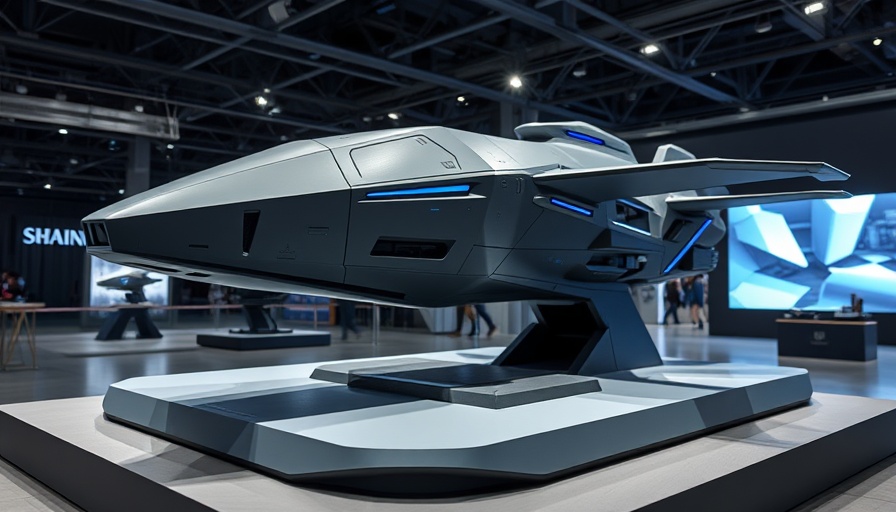
The Evolution of South Korea’s Naval Strategies
As South Korea navigates its defense landscape, the transition from a conventional aircraft carrier program to a prospective drone carrier exemplifies a significant shift in military strategy. This reevaluation of naval capabilities comes against a backdrop of rising tensions on the Korean peninsula and a broad interest in unmanned systems across global military forces. The focus is not merely on acquiring advanced weaponry but on adapting to the changing nature of warfare.
Global Trends in Drone Carriers
Interest in drone carriers is not unique to South Korea. Countries like China, the United Kingdom, and Iran have either operational drone carriers or are actively developing their programs. Notably, the Iranian Navy's recent unveiling of the IRIS Shahid Bagheri has drawn considerable attention, showcasing the potential impact of drone technology in naval operations. For South Korea, this trend indicates a timely shift towards innovation in defense, aimed at enhancing maritime security.
Understanding the Proposed Drone Carrier Concept
In mid-April, the Republic of Korea Navy (ROKN) introduced two proposals that could revitalize its stalled aircraft carrier program. The first involves transforming existing aircraft carrier designs into drone carriers, while the second suggests modifying the Dokdo-class amphibious assault ships. HD Hyundai and Hanwha Ocean are spearheading these proposals, promising preliminary research that could lead to groundbreaking developments in naval warfare.
The Importance of Drones in Modern Warfare
Admiral Yang Yong-mo of the ROKN has noted the operational effectiveness of drones through prior tests conducted aboard the ROKS Dokdo. While concerns about the physical limitations of the vessel persist, these trials signal the viability of utilizing drones as force-multipliers in naval operations. This perspective aligns with a broader strategy, emphasizing adaptability and responsiveness in contemporary conflicts.
Critique and Future Adaptations
Despite the excitement surrounding the drone carrier concept, critics caution against hasty implementation. They advocate for thorough research to define how these carriers might function in potential conflicts on the Korean peninsula. The interplay between technological innovation and strategic military needs will be crucial in determining the future success of such initiatives. It’s essential to consider the roles these carriers would play amidst evolving geopolitical tensions.
Charting New Waters: The Way Forward
The potential of integrating drone carriers into South Korea's naval fleet presents a myriad of opportunities. As the ROKN works on both proposals, it's vital to recognize the implications they hold not just for South Korea, but for the broader region. With ongoing uncertainty on the Korean peninsula, ensuring technological superiority may involve a delicate balance between traditional and cutting-edge approaches in military strategy.
In conclusion, South Korea’s consideration of a drone carrier is a compelling narrative of adaptation and innovation within its defense strategy. As global interest builds in unmanned maritime capabilities, monitoring further developments will be essential for understanding military evolution in the Asia-Pacific region.
 Add Row
Add Row  Add
Add 




 Add Row
Add Row  Add
Add 

Write A Comment